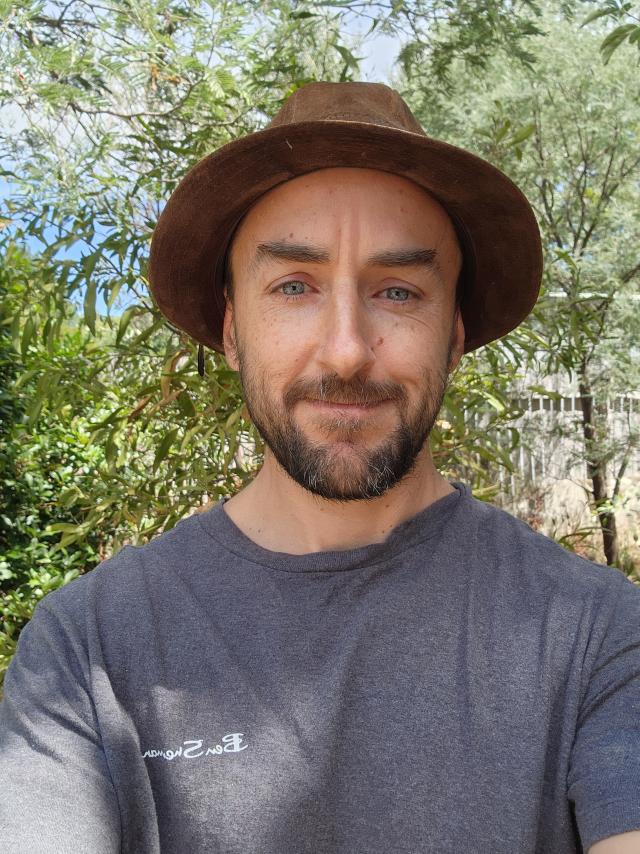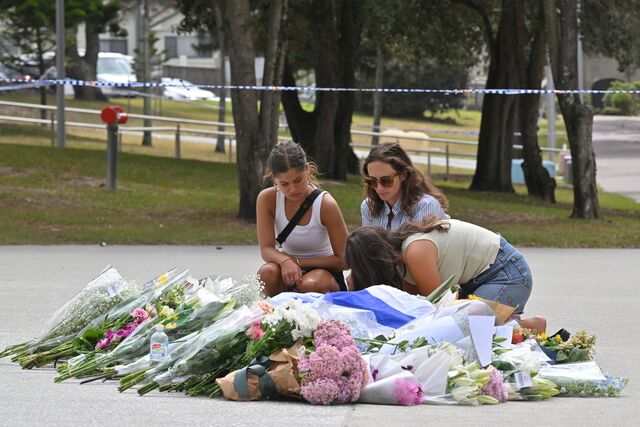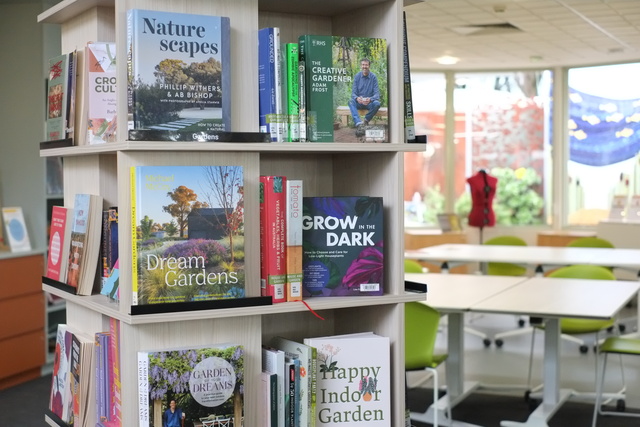Victorian Forest Alliance held a webinar to talk about the environmental impacts of planned burns.
The speaker was a botanist and zoologist Karl Just who has over 20 years of experience in the ecological industry.
He runs his own consultancy, specialising in flora and fauna surveys, and is actively involved in environmental advocacy and ecological restoration projects across Victoria.
Mr Just has consulted for a number of forest groups, including Kinglake Friends of the Forest, and is also on the committee of Friends of the Box Ironbark Forests.
The speaker presented the results of his work analysing the effectiveness of planned burning in reducing fuel loads and bushfire risk at the webinar.
Mr Just said through his mapping of going before and after fires, he was able to show planned burns increase the fuel load.
“The mapping I’ve been doing is using the fuel hazard assessment guide, which is what Forest Fire Management Victoria uses to assess fuel loads,” he said.
“What I’ve been doing is mapping fine-scale fuel patterns to demonstrate that the planned burning is often increasing fuel loads and actually making the problem worse.
“The typical pattern we see is, even if they successfully burn an area down to scorched earth, we get a lot of shrub recruitment, and within about two or three years, you get very dense shrub cover.”
Over 200 people attended the webinar on Tuesday 8 April.
Mr Just claimed the Forest Fire Management Victoria assumes that every hectare burnt is a success without going back to monitor the fuel loads.
“$160 million was spent last year by the government in this planned burning, and the cost is increasing with a new levy coming in,” he said.
“We’ve had major bushfires in the last 20 years, regardless of a lot of planned burning happening. The Grampians fire, we had a lot of that country planned burned between 2020 and 2023 and you can see that where they planned burned, we just had another bush fire.
“My overall message is that the plan burnings make it worse, and it’s really costing us a lot of money.
“I think we need much more alternative measures for reducing bush fire risk. We need early detection and suppression activities, more work around houses, less burning of remote areas that don’t even reduce the risk for humans or the environment.”
Forest Fire Management Victoria’s research is delivered with a diverse range of partners including government research organisations such as the Arthur Rylah Institute (ARI), external research partners such as Natural Hazards Research Australia (NHRA) and Commonwealth Scientific and Industrial Research Organisation (CSIRO) and with world-leading academic research institutes and universities within Victoria and across Australia.
It confirmed fire crews follow careful processes before, during and after a planned burn to make sure it is kept safe and controlled and will monitor the area for several days after a planned burn to put out or remove smouldering material.
Forest Fire Management Victoria chief fire officer Chris Hardman said the planned burning program is underpinned by a range of research activities, across a wide range of topics from fire behaviour and bushfire risk to fire ecology.
“We use science and modelling tools to choose the right time and approach for each location or landscape. We also consider local weather conditions – such as humidity, temperature and wind speed – and will only carry out burns when conditions are suitable and it is safe to do so,” he said.
“Forest Fire Management Victoria conducts planned burns on public land in strategic locations close to communities and in more remote backcountry areas to reduce the size, intensity and impact of future bushfires to communities and the environment.”







